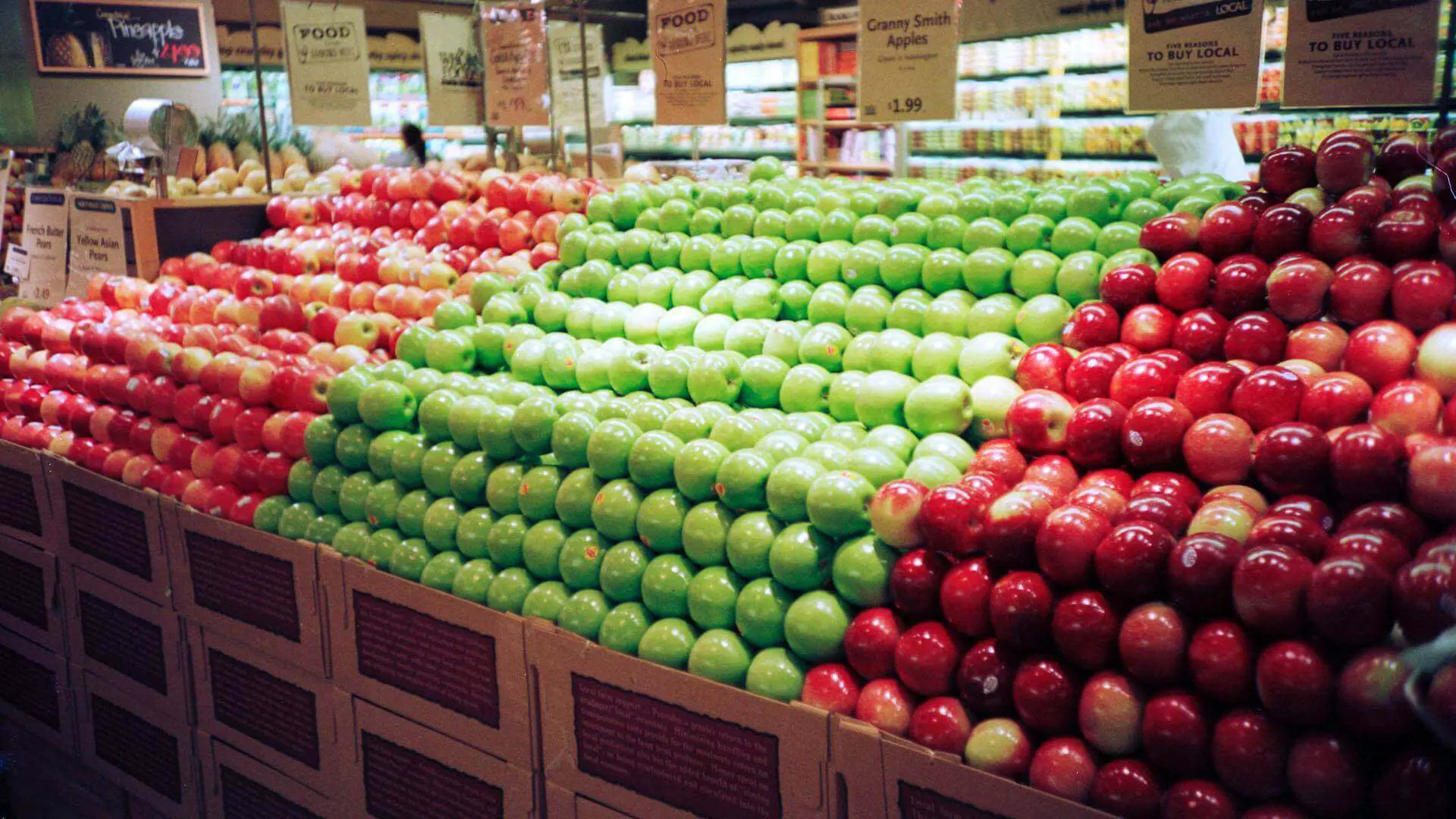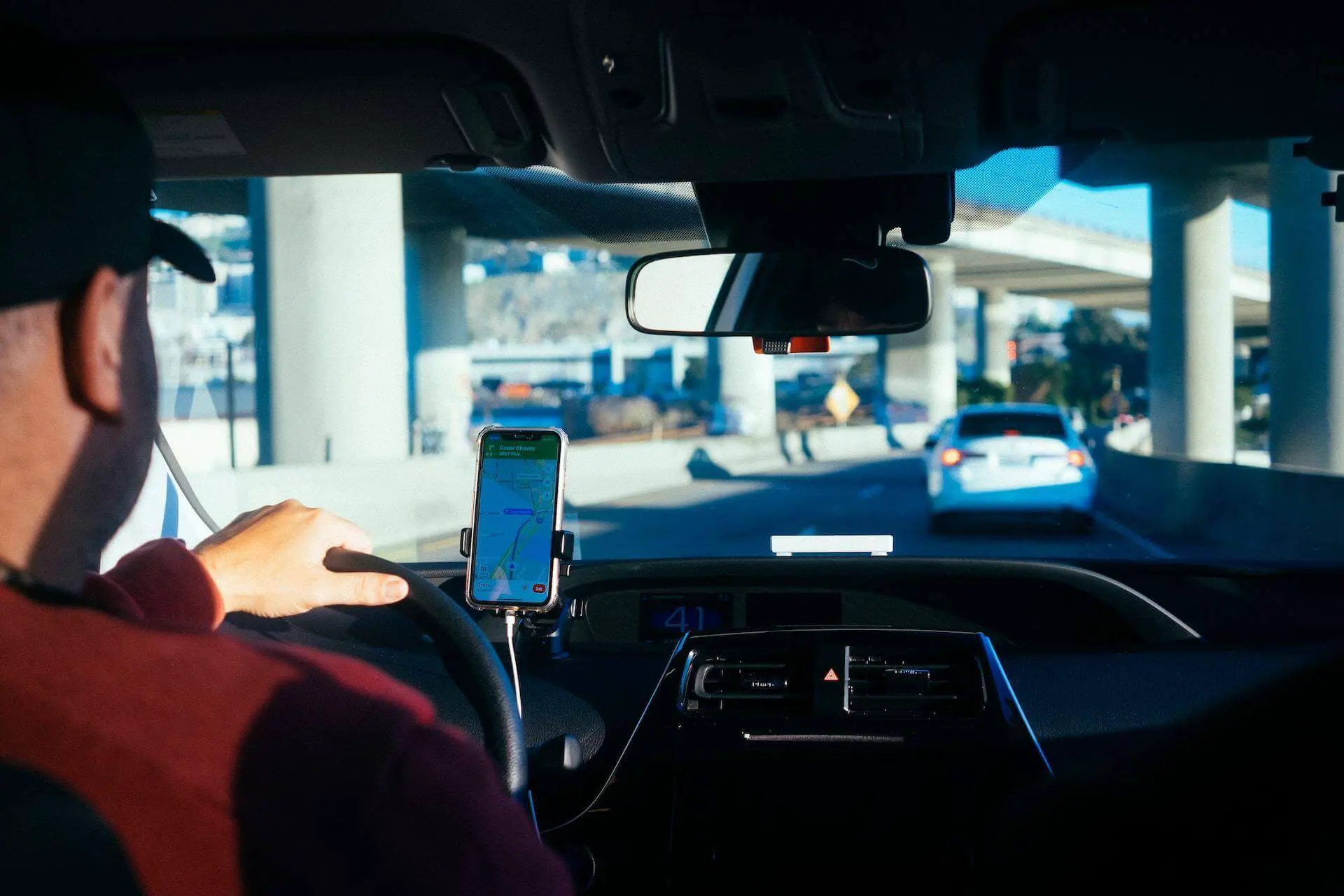

Incorporating the right technology into your customer experience strategy can lead to greater customer satisfaction, loyalty, and overall business success.
However, it's crucial to ensure that these technologies are used in a way that respects customer privacy and data security, and that they complement, rather than replace, human interactions when necessary.
In this article, we'll explore various ways you can harness the power of technology to build a better customer experience.
Personalisation is the cornerstone of an outstanding customer experience. Technology enables businesses to gather and analyse customer data to create personalised experiences.
Service design revolves around the user. It seeks to understand and address the needs, behaviors, and experiences of the end-users. For instance, Airbnb incorporates user feedback to optimise their platform continually, enhancing user experience.
Service design invites collaboration among stakeholders like customers, employees, and partners. McDonald’s, for example, encourages customer feedback and incorporates it to change and enhance their service offerings and operations.
It visualises services as sequences of interconnected actions. A classic example is Starbucks, structuring each customer's journey from ordering to receiving their beverage systematically and efficiently.
It manifests intangible services into tangible form. An example is the design of mobile banking apps, like those from Bank of America, materialising banking services into user-friendly interfaces.
Service design contemplates the entire service ecosystem. Disney, for example, meticulously designs each interaction, from park layouts to employee behaviour, ensuring a seamless and magical customer experience.
Service design usually unfolds through several stages:
Service designers employ a myriad of tools and techniques to achieve their goals, such as Service Blueprints, Customer Journey Maps, Personas, Prototypes, and Workshops. These tools help in visualising, testing, and refining the service concepts to ensure they align with user needs and expectations.
A Service Blueprint is a powerful tool used in service design to visualise and analyse service processes and customer experiences. It’s essentially a detailed map that outlines how a service works from behind the scenes, presenting a clear picture of the service journey, interaction points, and operational processes.

Uber's service revolves around connecting riders to drivers via its app, thus making urban transportation more efficient. A service blueprint for Uber would visually map out the entire journey from when a user thinks about booking a ride to arriving at the destination, uncovering all the touchpoints and interactions involved in the service delivery.
Through the service blueprint, Uber can continually refine and optimise its service processes, ensuring smoother and more pleasant experiences for both riders and drivers, which in turn can lead to increased customer loyalty and retention, and operational efficiency.
A Service Blueprint is much more than just a diagram; it’s a strategic tool that unlocks a deeper understanding of service dynamics, fostering innovation, and refinement in service delivery. By meticulously mapping out every aspect of service encounters, it empowers organisations to create more coherent, user-friendly, and efficient service experiences.